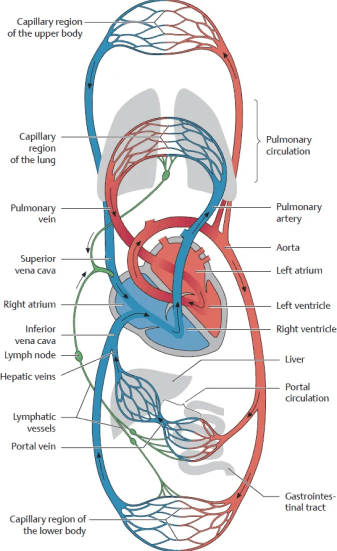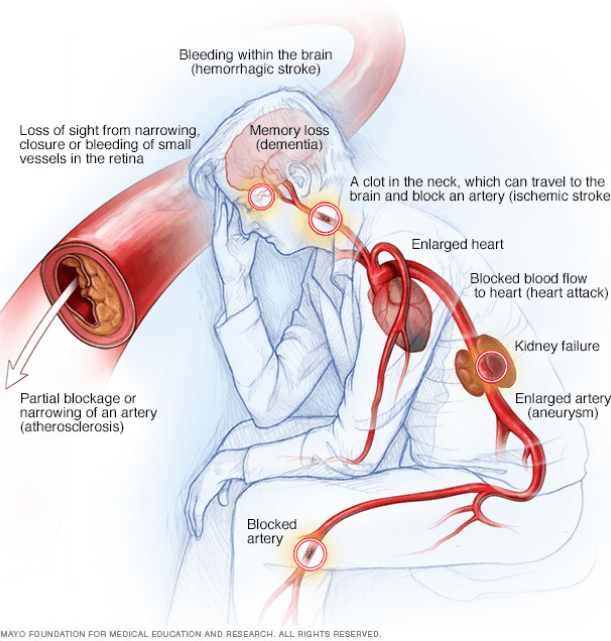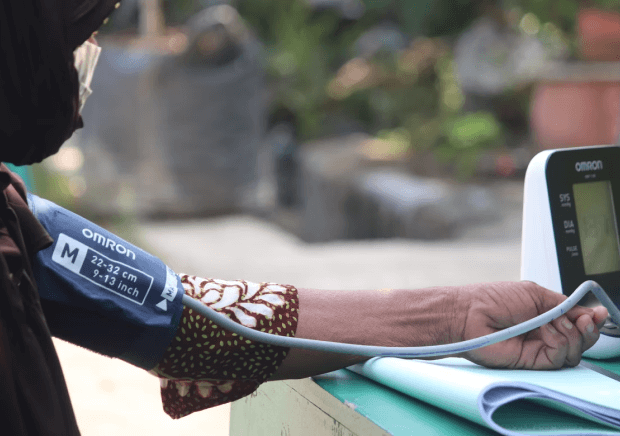Because those small arterioles and capillaries are so small and thin-walled, they are very delicate. And when they are exposed to high pressures for a long time they can become damaged. They can develop scar tissue, becoming thicker and impeding the ability to deliver nutrients and remove waste from the body’s organs. This can result in what we call “end-organ damage.” In other words, the “end organs” – the organs to which the blood is being circulated, become damaged from the pressure in the blood vessels being too high.
Many organs are susceptible to this kind of damage: lungs, heart, brain, kidneys, and eyes, to name just a few. High blood pressure for a long time can damage all of these organs. The problem is that when the blood pressure is too high most people cannot feel it. But the damage in the organs slowly continues to accumulate even though you might feel totally normal.
That is why the disease of high blood pressure, or hypertension, has been nicknamed “The Silent Killer” – because the damage builds up slowly, silently, without us even realizing that it is happening, until enough organs become damaged that in the end it can become fatal. But high blood pressure is not only dangerous due to chronic end-organ damage.
Sometimes the blood pressure can become so high all at once that a blood vessel somewhere in the body can actually tear open, causing internal bleeding. If this occurs in the brain, it causes a hemorrhagic stroke – a stroke due to bleeding. If it happens inside the abdomen it can cause a ruptured abdominal aortic aneurysm – a tear in the biggest artery in the abdomen which can cause massive internal bleeding. For all these reasons it is important to have your blood pressure checked regularly with a good blood pressure monitor.







